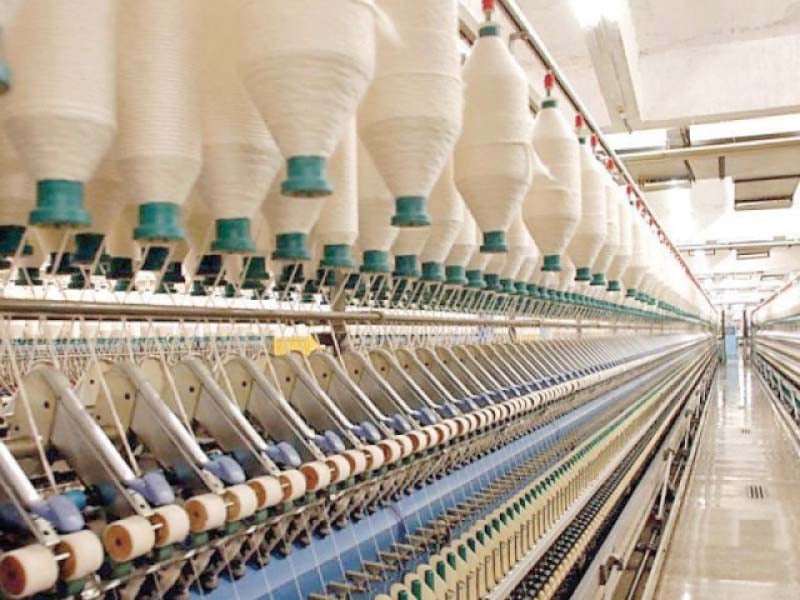
ISLAMABAD: As the tariff war between China and the United States has not eased, Pakistan’s textile industry is likely to get higher orders from US importers.
“Owing to trade tensions between the US and China, Pakistan’s textile industry is receiving a large number of import queries from the US,” an official of the textile industry disclosed.
Already, the duties on the import of cotton - a major input for the textile industry - have been withdrawn by the Economic Coordination Committee (ECC) in order to reduce the cost of industrial inputs.
Earlier, the government had reduced the regulatory duty on the import of cotton yarn from 10% to 5% in September 2018. Furthermore, gas and electricity tariffs have been rationalised for the export-focused industry in an attempt to cut the cost of production and boost competitiveness.
The textile sector is being provided electricity at a tariff of 7.5 cents per kilowatt-hour (kWh), natural gas at Rs600 per unit and the imported re-gasified liquefied natural gas (RLNG) at $6.5 per unit. These incentives have brought down the cost of production for the textile value chain.
Pakistan has been a net importer of cotton for nearly two decades. Its cotton production hit the highest in the last 10 years at 13.96 million bales in 2014-15 and that year too the country imported about 1 million bales.
In the current 2018-19 season, Pakistan is expected to face a shortfall of 3 to 4 million bales with production estimated at 10.738 million bales against the initial target of 14.37 million bales. High duties and taxes of up to 10% including 3% customs duty, 2% additional duty and 5% sales tax were imposed on cotton import in July 2018, leading to a sharp decline in imports.
The official said the government was rationalising subsidies for agricultural crops in order to encourage the cultivation of cotton. It is also working with the cotton ginning industry to reduce contamination, improve productivity and upgrade the machinery.
“A proposal is being developed in consultation with the industry to attract leading international seed companies and introduce latest technologies and varieties,” he said.
Pakistan cotton yield has not kept pace with the world. Since the 1980s, major competitors such as Australia, Turkey and China have enhanced their cotton productivity by almost 10 fold, increasing from 200-300 kg to 1,000-2,000 kg per hectare.
However, in Pakistan, the cotton yield stands at approximately 700 kg, showing only a modest rise over the same period. The area under cotton cultivation decreased from 3 million to 2.7 million hectares in 2017-18 as a result of subsidies provided to other crops. As per the United States Department of Agriculture, Pakistan is no longer the fourth largest producer of cotton in the world as Brazil has recently overtaken it.
“It is imperative the government reduces input and raw material costs and the private sector works proactively to take advantage of the window of opportunity provided by import orders from the US,” the official said.
“The government is also working on expanding its market share in China, Japan, the European Union and the US.”
Keeping in view the fact that 95% of cotton - 10.27 million bales - has already been purchased from the farmers this season, the ECC has taken the decision to remove the customs duty, additional customs duty and sales tax on an immediate basis.
Published in The Express Tribune, January 18th, 2019.
Like Business on Facebook, follow @TribuneBiz on Twitter to stay informed and join in the conversation.




















1713350999-0/Tribune-Collage-Feature-Images-(5)1713350999-0-270x192.webp)






















COMMENTS
Comments are moderated and generally will be posted if they are on-topic and not abusive.
For more information, please see our Comments FAQ